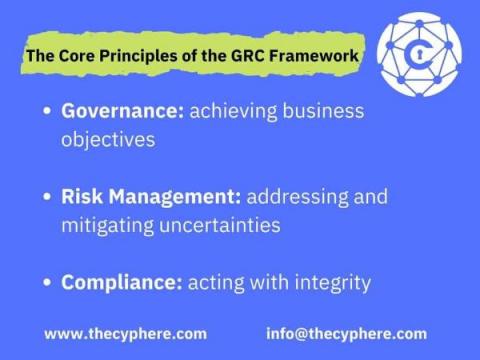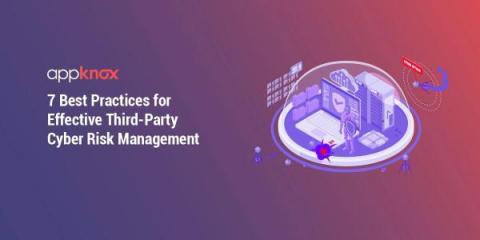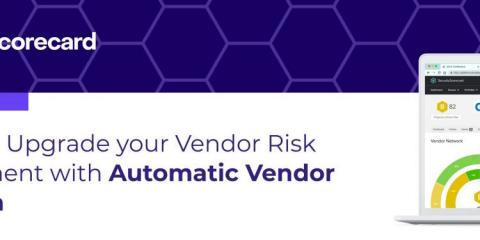Governance, Risk and Compliance: Everything you need to know about GRC
The term Governance, Risk, and Compliance (relatively known as its acronym ‘GRC’) is an integrated strategy for managing an organisation’s overall governance procedures, enterprise risk management, and regulatory compliance.









